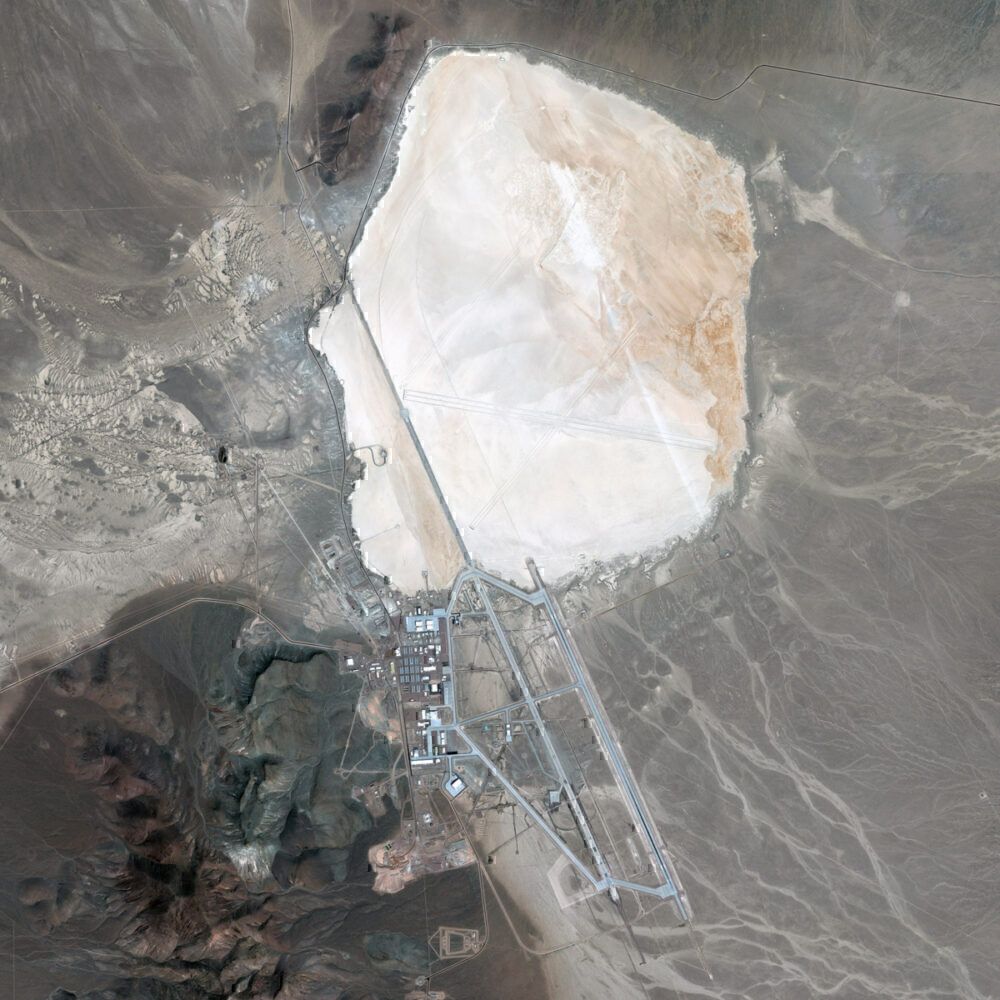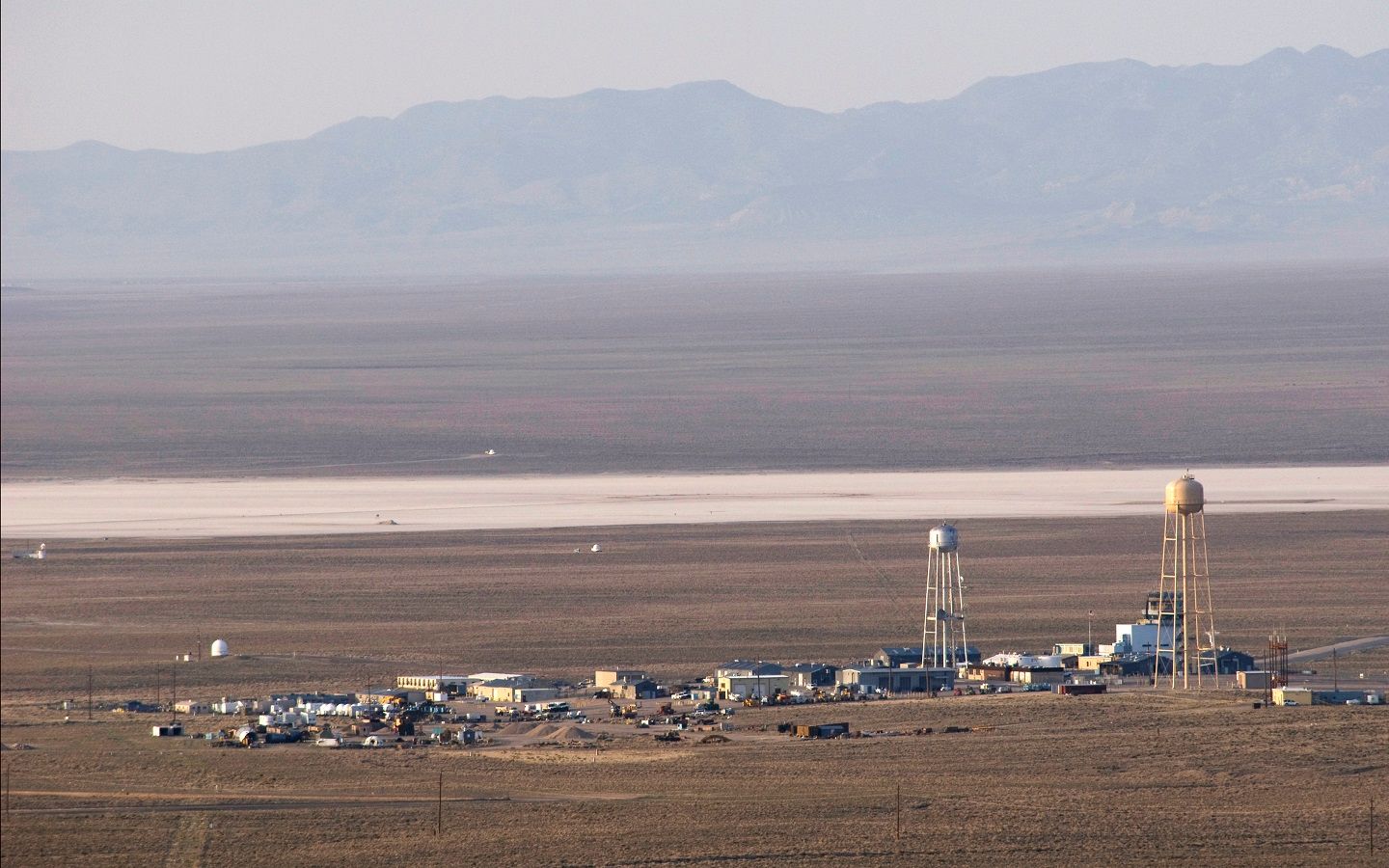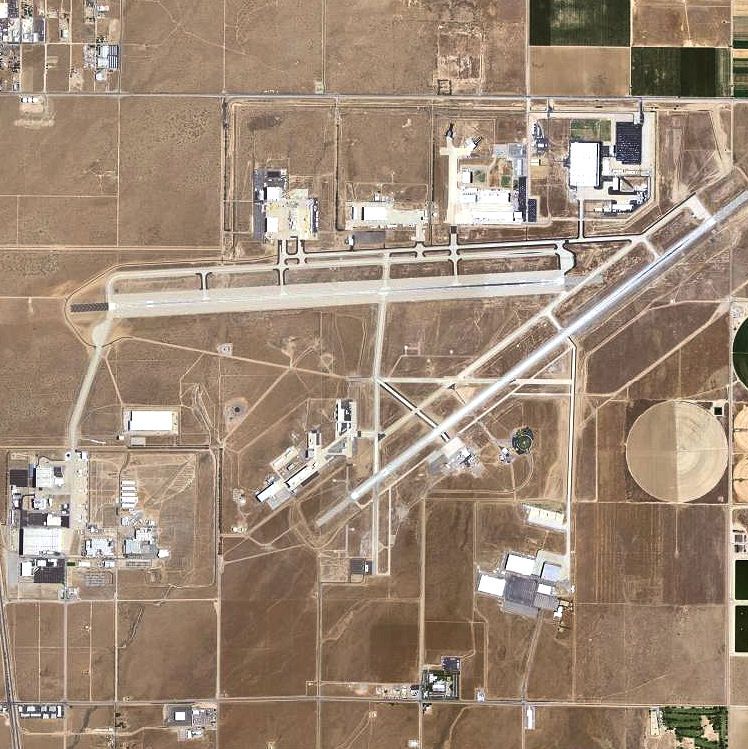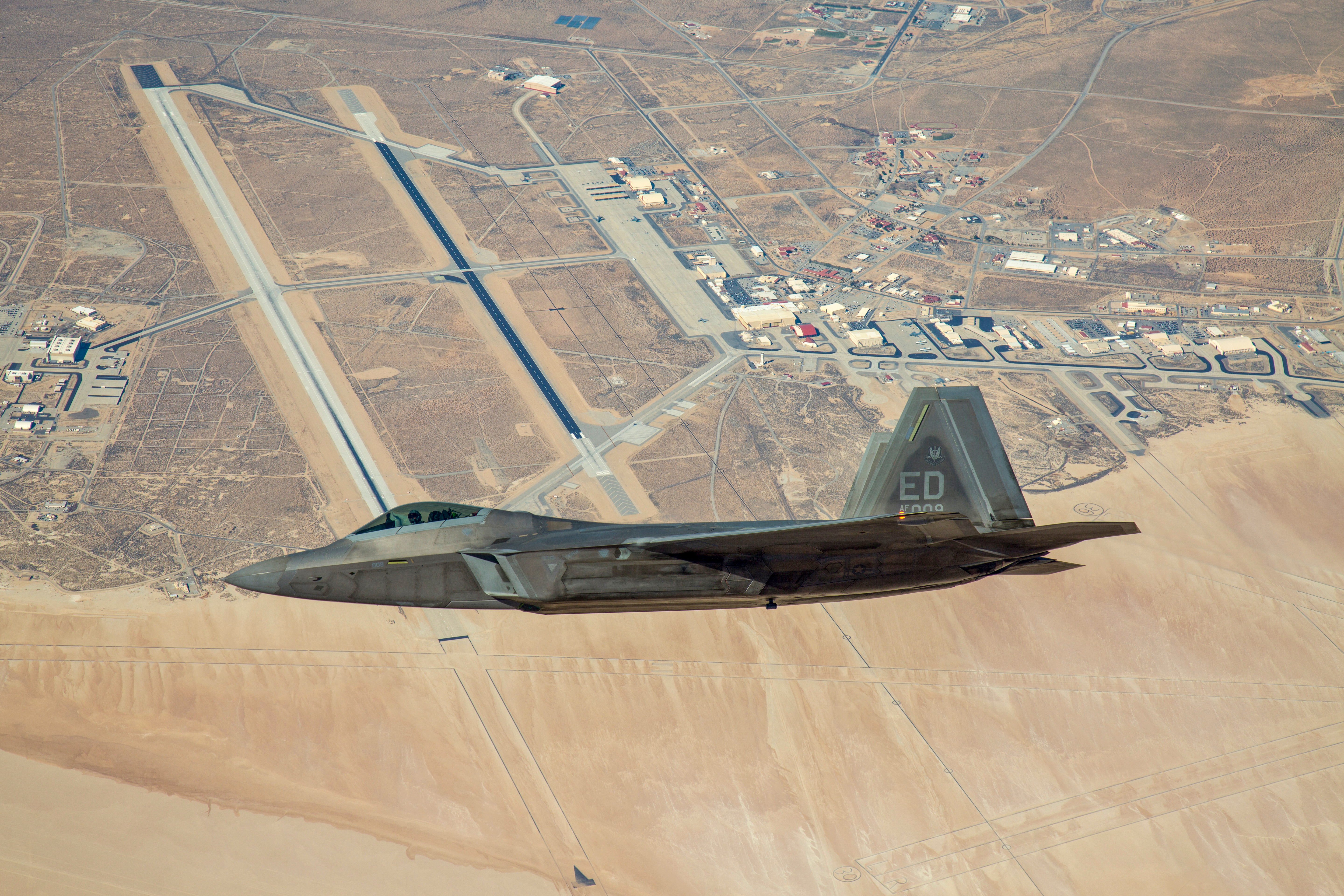Janet Airlines, the unofficial name for a highly classified fleet of passenger aircraft operated by clandestine contractors on behalf of the United States Air Force, serves some of the most secretive and intriguing destinations in the country. Here’s what we know about this top-secret airline and its covert operations:
Origin and Ownership
Defense contractor Amentum operates Janet Airlines for the US Air Force after acquiring AECOM’s defense contracting ventures. The airline’s history dates back to 1972 when the first flights from Las Vegas McCarran International Airport (LAS) to Area 51 were performed using a Douglas DC-6 operated by EG&G.
Hub and Fleet
Janet’s operations are in a private terminal at Las Vegas McCarran International Airport (KLAS). The fleet consists of:
|
Aircraft |
Number of Aircraft |
|---|---|
|
737-600 |
Six aircraft in White with a distinctive red cheatline |
|
Raytheon Beech 1900C |
Two aircraft |
|
Raytheon Beech King Air B200Cs |
Three aircraft |
The Mysterious Destinations
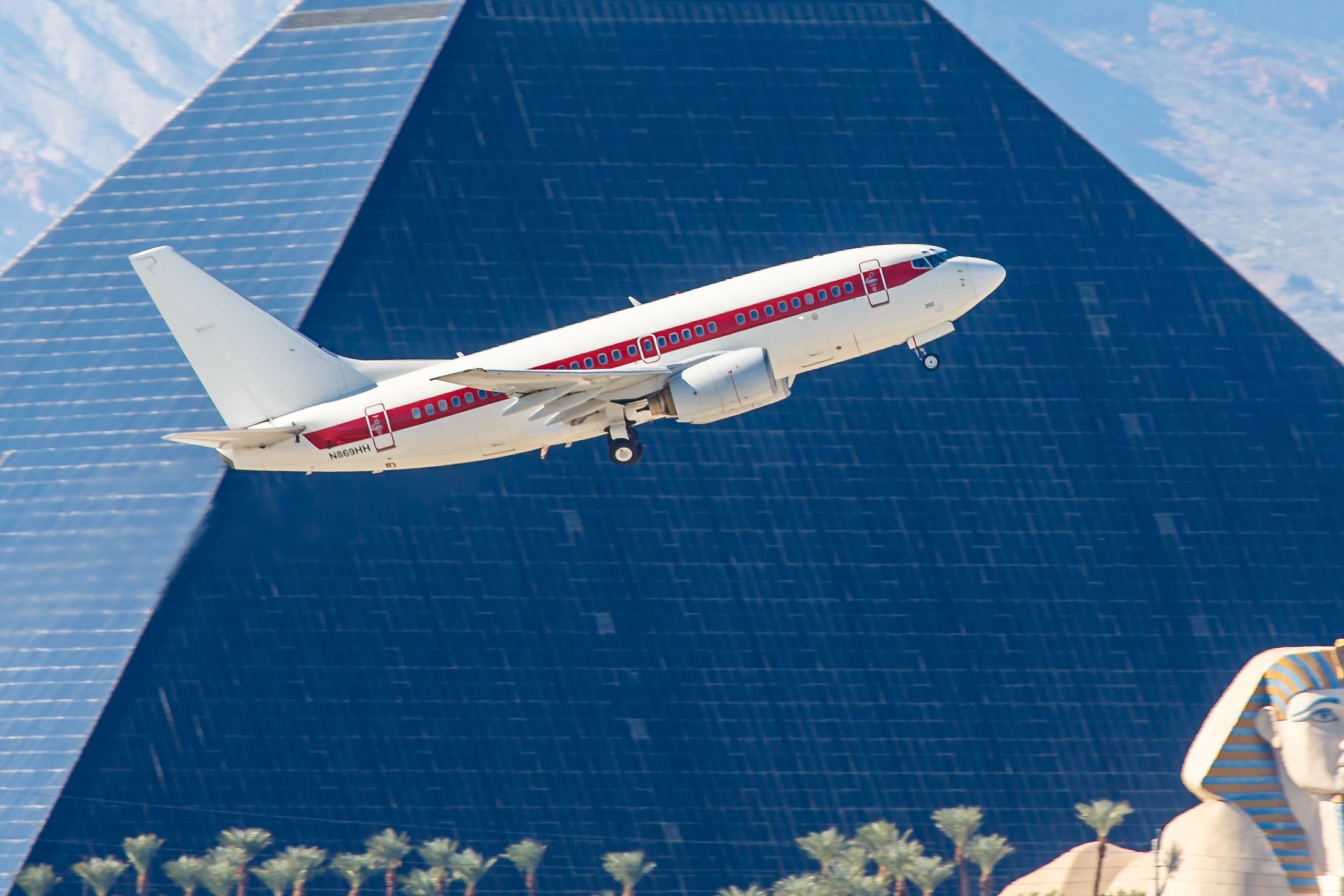
Related
The US Air Force Is Looking For A New Area 51 Flight Operator
‘Janet’ might have a new airline operating the six Boeing 737-600s from Las Vegas.
1
Area 51 (KXTA)
The principal top-secret destination that no Janet passenger can talk about
Also known as “Homey Airport” or “Groom Lake,” this is perhaps Janet’s most famous destination. When a pilot sees a Janet aircraft taxiing for departure in Las Vegas (KLAS) the first thought that comes to mind is often “Area 51.”
Located about 80 miles north of Las Vegas, Area 51 is shrouded in secrecy and the subject of myriad conspiracy theories.
Area 51 is made up of Groom Lake salt flat and Homey Airport. Photo: Getty Images
2
Tonopah Test Range (TNX)
This secretive military installation is used for testing nuclear weapons and is a frequent destination for Janet’s flights. The TNX facility is operated under the auspices of Scandia National Laboratory. Thus, it undoubtedly employs many high-security personnel who need transportation from the Las Vegas area to the remote Tonopah Test facility. Janet is the transportation mode.
Photo: Sandia National Laboratories
According to the Sandia National Laboratories (SNL) website,
“Sandia National Laboratories is a multimission laboratory managed and operated by National Technology and Engineering Solutions of Sandia, LLC., a wholly owned subsidiary of Honeywell International, Inc., for the US Department of Energy’s National Nuclear Security Administration under contract DE-NA-0003525.”
3
Plant 42 (PMD)
Advanced aircraft of the USAF and other US government agencies are developed and tested at PMD
Located in Palmdale, California, this US Air Force facility develops and tests advanced aircraft. These increasingly secret aircraft require top security clearance to view or work on.
Thus, PMD is on the Janet route system and schedule.
Photo: Wikipedia Commons
4
China Lake Naval Weapons Center (NID)
This naval air weapons station in the Mojave Desert is used for research, testing, and evaluation of weapons systems
Originally selected during WWII for a weapons depot and technical training facility, NID has developed into a classified location for logistics and military preparations far from the prying eyes of the public and potential enemy agents. China Lake NAWS is the largest single landholding of the US Navy, primarily focused on research, development, acquisition, testing, and evaluation of weapons systems.
Photo: Naval Archives
NID is located within Restricted Area R-2508 Special Use Airspace Complex, jointly controlled by NAWS China Lake, Edwards Air Force Base, and the secret Fort Irwin military reservation complex.
5
Edwards Air Force Base (EDW)
A major US Air Force installation known for flight testing and aerospace research.
Janet Airlines operates flights to and from Edwards Air Force Base, as do many military fighters, transport, and contract transport aircraft. EDW is not a secret base, but activities carried out at the base involve classified aircraft and weapons development programs and programs we do not know about. Therefore, Janet did not fly there, and you did not see Janet’s airline aircraft there.
Photo: NARA
The Mystery Surrounding Janet
Janet flights use special codes for their destinations. For example, KXTA is the code for “Area 51.”
Passengers are believed to be military personnel, government employees, and contractors working on classified projects.
The airline’s name is sometimes facetiously said to stand for “Just Another Non-Existent Terminal” or “Joint Air Network for Employee Transportation.”
Janet flights operate with a three-digit flight number and can be tracked like regular commercial flights despite their secretive nature.
Anecdotes and Interesting Facts
Hiring Process: Janet Airlines occasionally posts job openings for pilots and flight attendants. Applicants must undergo a Single Scope Background Investigation to obtain a top-secret security clearance.
Origin of the Name: According to the Nevada Aerospace Hall of Fame, the name “Janet” was chosen by Richard A. Sampson, a former Area 51 commander, after his wife.
Las Vegas Shooting Incident: During the 2017 Las Vegas shooting, it was reported that the shooter had also targeted aviation fuel tanks near Janet’s terminal at the airport
Daily Operations: Janet reportedly operates about 20 daily return flights, primarily to Groom Lake (Area 51) and Tonopah Test Range.
Exclusive Club: Getting a job with Janet is extremely difficult. Even highly experienced ex-military pilots with top security clearances have been known to be rejected.
Janet Airlines continues to fascinate aviation enthusiasts and conspiracy theorists. Operating in plain sight, it maintains an air of impenetrable mystery about its true purpose and operations.



